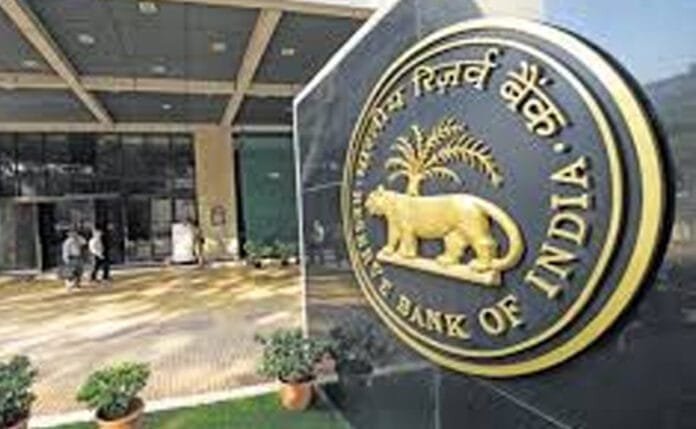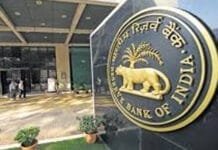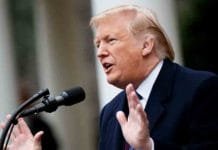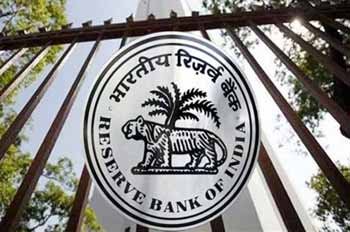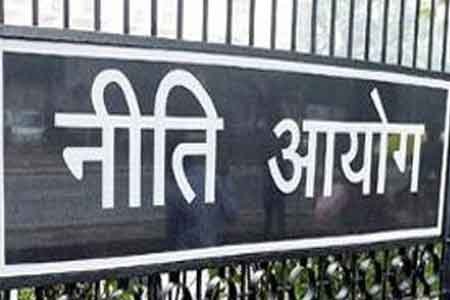New Delhi | April 8, 2025 —
The Reserve Bank of India (RBI) is under growing pressure to adopt a dovish monetary policy stance as the country navigates emerging global economic turbulence, triggered in part by new U.S. tariffs imposed under President Donald Trump’s administration.
The central bank is set to announce its upcoming policy decision against a backdrop of moderate domestic inflation, robust forex reserves, and a relatively strong rupee, giving it room to maneuver. India’s retail inflation is forecast at 4.2% for FY2025-26, comfortably within the RBI’s 2–6% target band.
Despite the manageable inflation outlook, global uncertainties—including a possible U.S.-China trade war revival and geopolitical tensions—have raised concerns among investors and policymakers. The government projects GDP growth at 6.7% this fiscal year, with tariffs expected to shave off between 20 to 50 basis points, particularly impacting export-reliant sectors such as gems and jewellery.
In contrast, textiles and certain manufacturing segments could benefit from trade realignments. However, consumer demand remains fragile, and private investment has slowed, prompting calls for additional RBI rate cuts to stimulate domestic consumption and business confidence.
The central bank had already cut rates in February 2025 and infused over ₹6 trillion into the banking system through open market operations and foreign exchange swaps, aimed at improving liquidity and credit availability.
Financial markets remain cautiously optimistic. The Indian rupee’s recent strengthening has helped contain import-driven inflation risks, even amid volatile oil prices. The RBI is also keeping a close eye on equity markets and global capital flows.
In parallel, reforms in the aviation sector—notably eased aircraft leasing regulations—are expected to improve investor sentiment and bolster capital inflow into infrastructure-intensive industries.
As India positions itself against global headwinds, the RBI’s policy move will be closely watched for its impact on interest rates, credit growth, and market confidence heading into the second quarter of FY2025-26.

